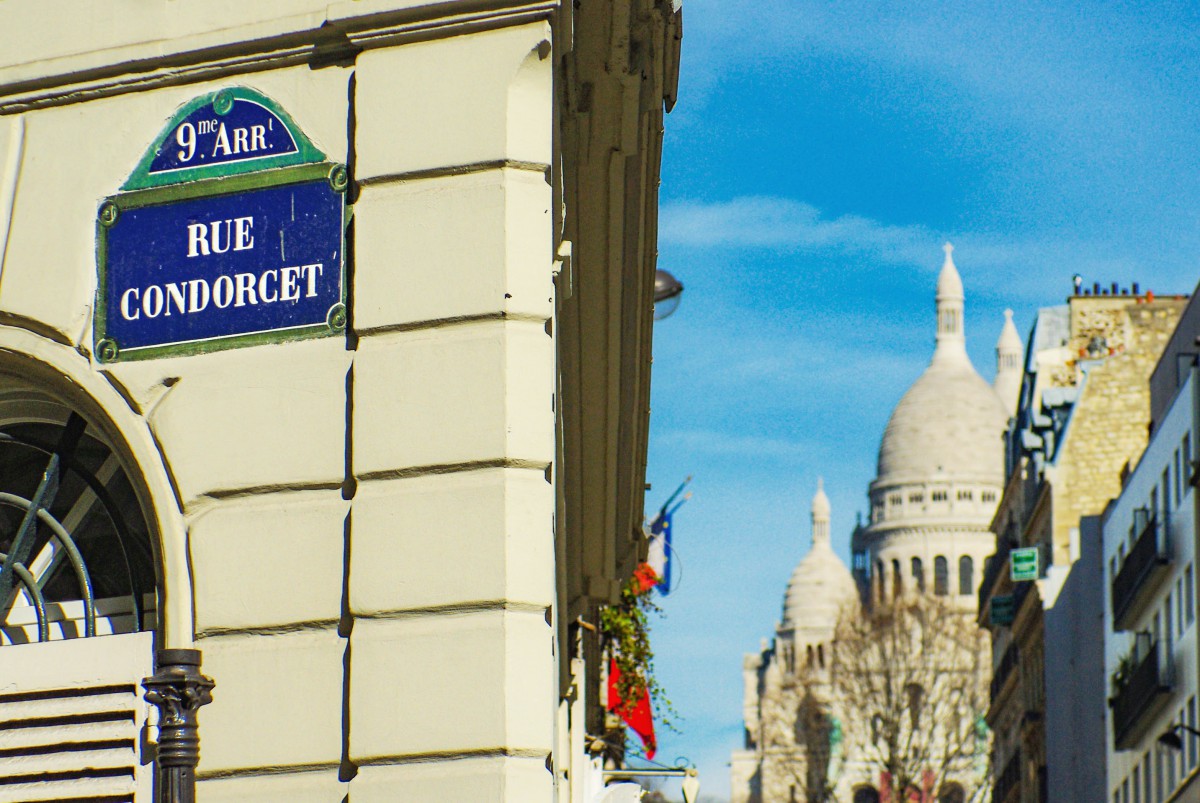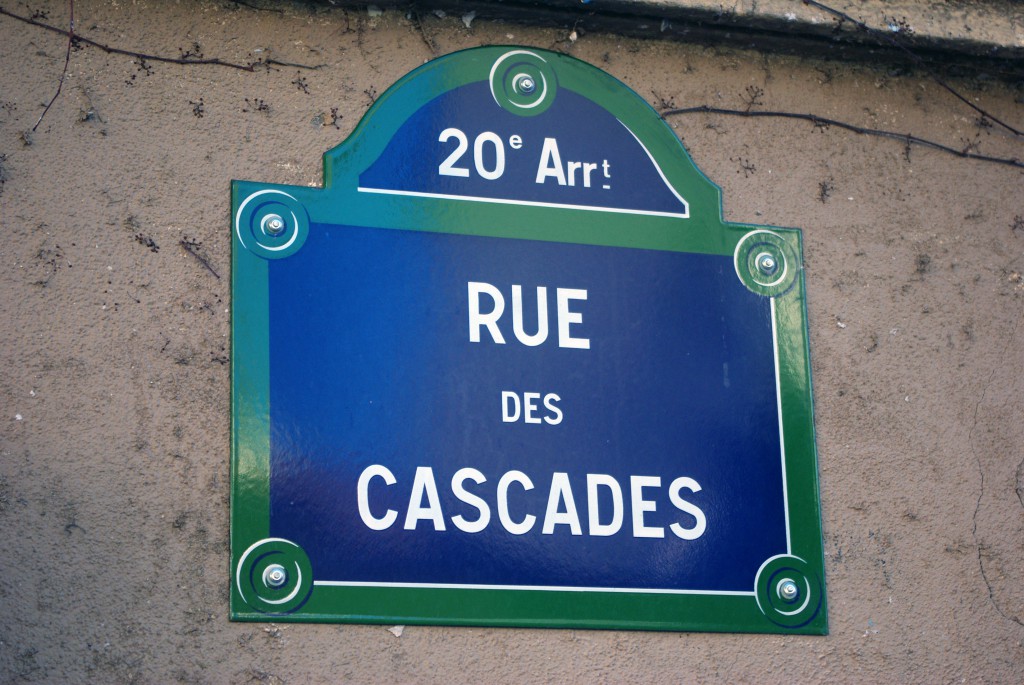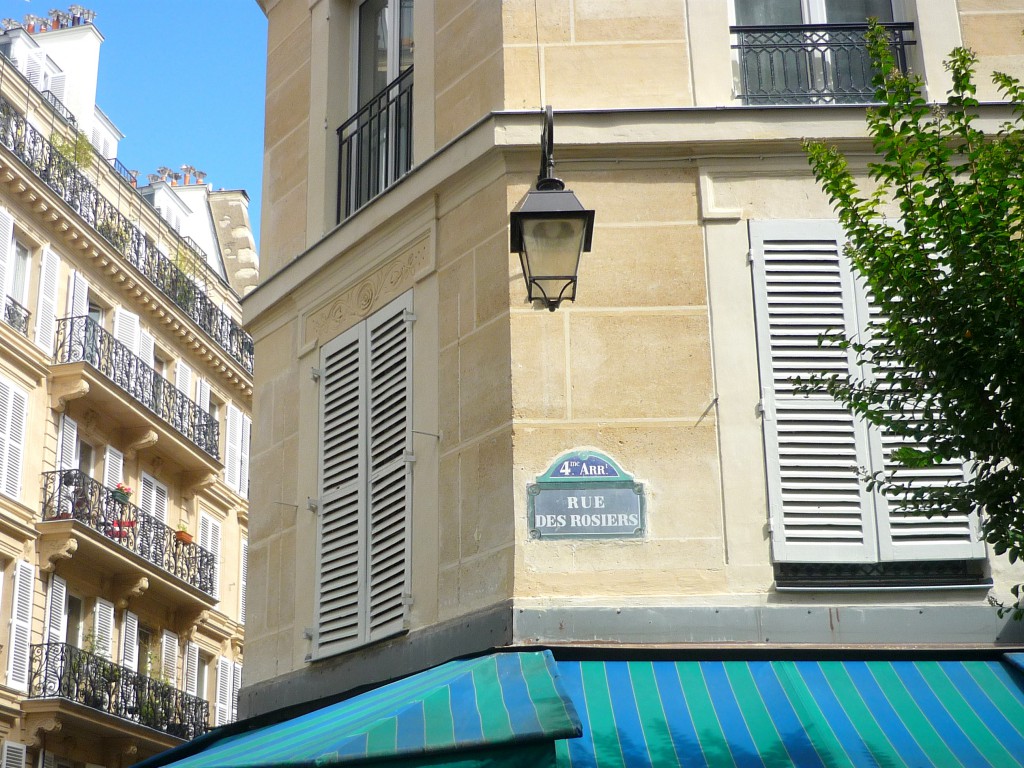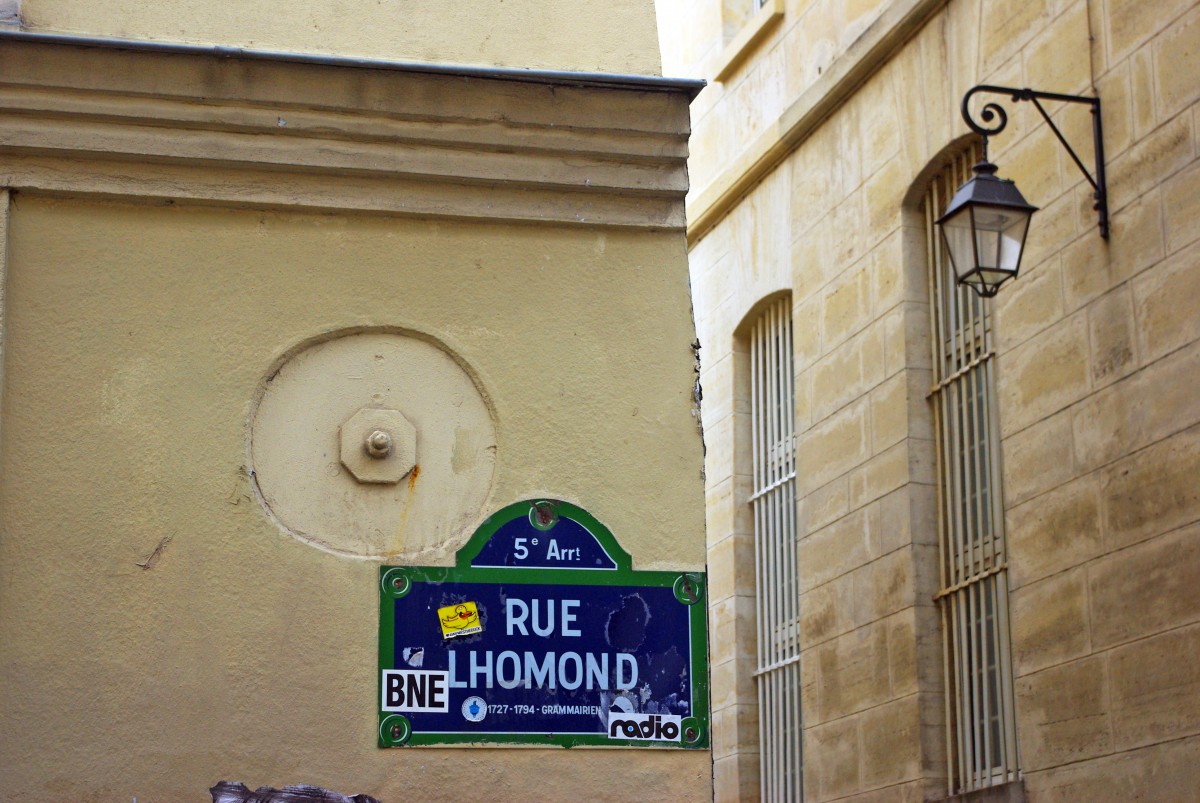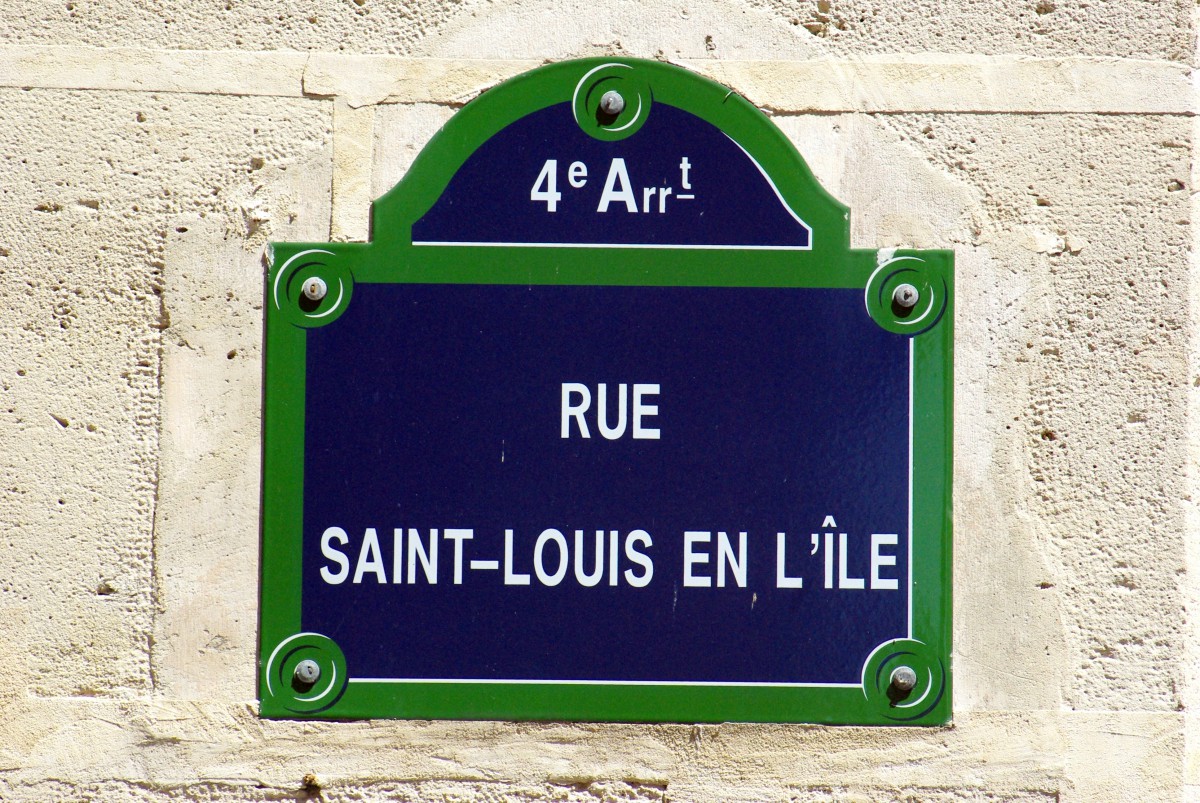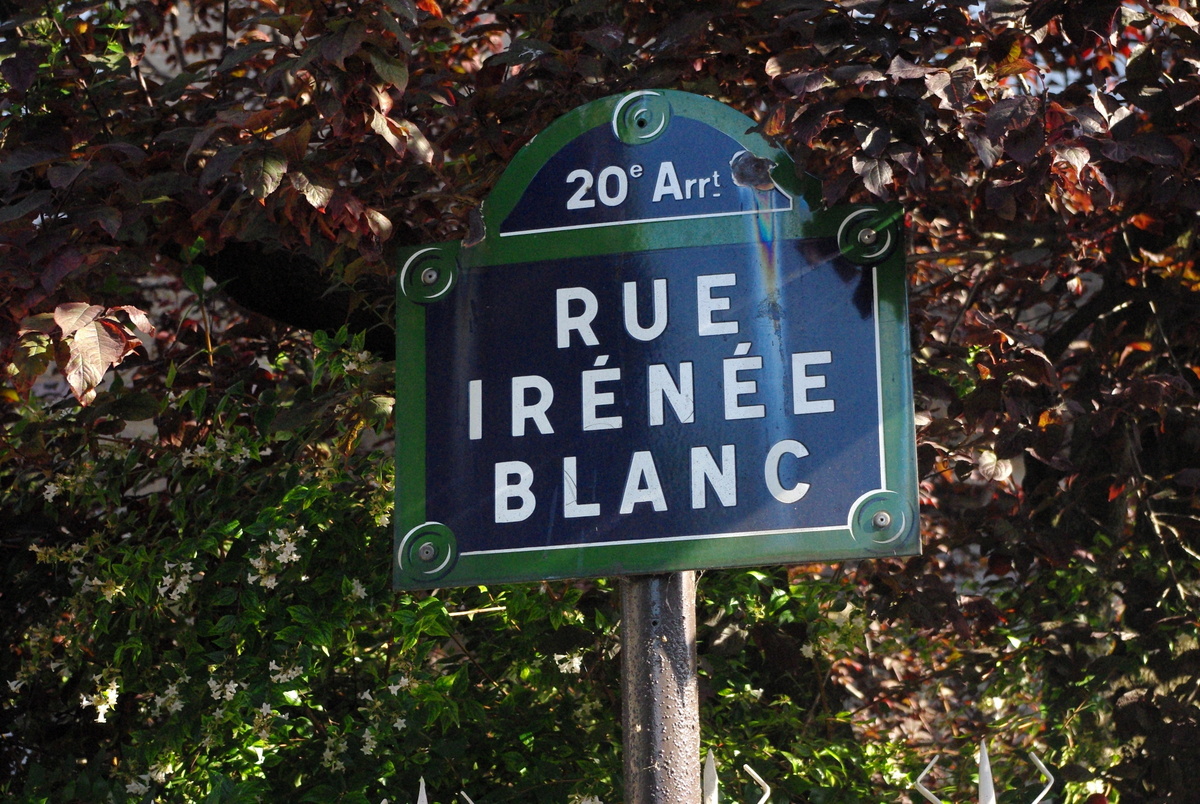The street-name plaques of Paris are so famous they have become iconic features of authentic Paris. You would have seen them on your visit to the French capital or in movies, in books, in magazines or on social media. Let’s find out what is so interesting about them!
[This article is a small snapshot of our upcoming online course on the Streets of Paris!]
The Street-Name Plaques of Paris
If you search for “Paris Street Sign” on the web, you’ll be given a great number of commercial sites selling you personal replicates of the signs.
In this post we’ll look at describing the street plaques and how street numbering has been organised since the 19th century.
Things that we find completely normal in our times but someone had to come with this invention some 175 years ago. But as we’re going to see, street signage and numbering have gone through a process that started in 1729.

What are street-name plaques?
First, let’s describe the street-name plaques of Paris.
As I mentioned above, they can be found everywhere and are therefore easily recognisable.
They consist of a rectangular enamelled metal plaque with a blue background and a green frame. Street names are written in capital in plain white lettering.
Most of them have a rounded top with the number of the arrondissement in which the street is located.
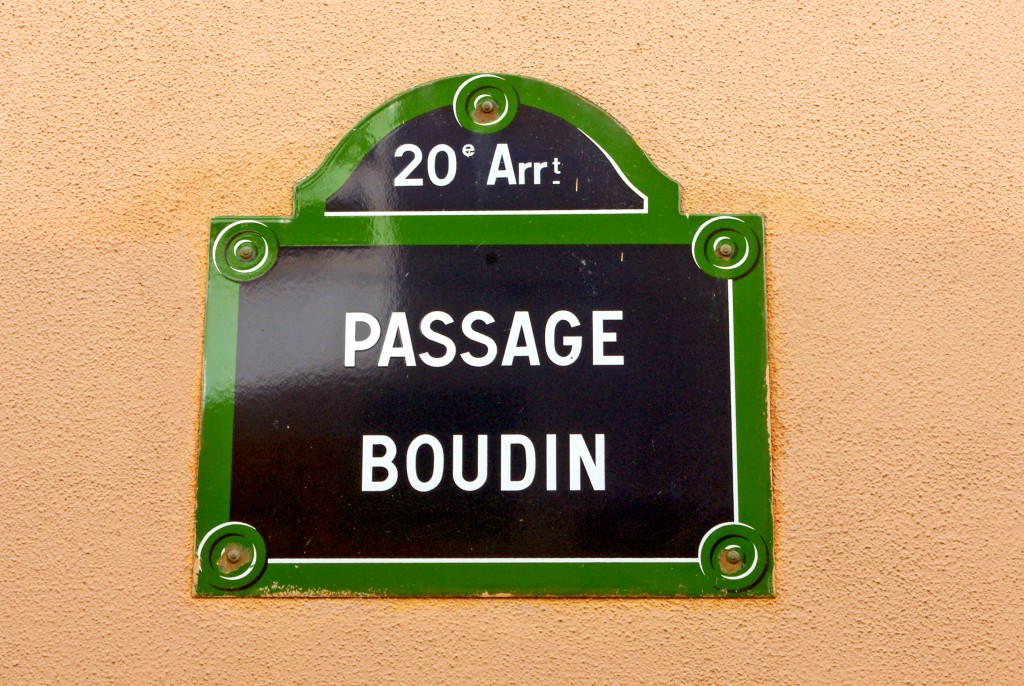
When the street name refers to a public figure no longer living, a short mention is added under the street name, which present the honoured individual.
They are many variations of street-name plaques around Paris although having white letters against a blue background is the plaque by default.

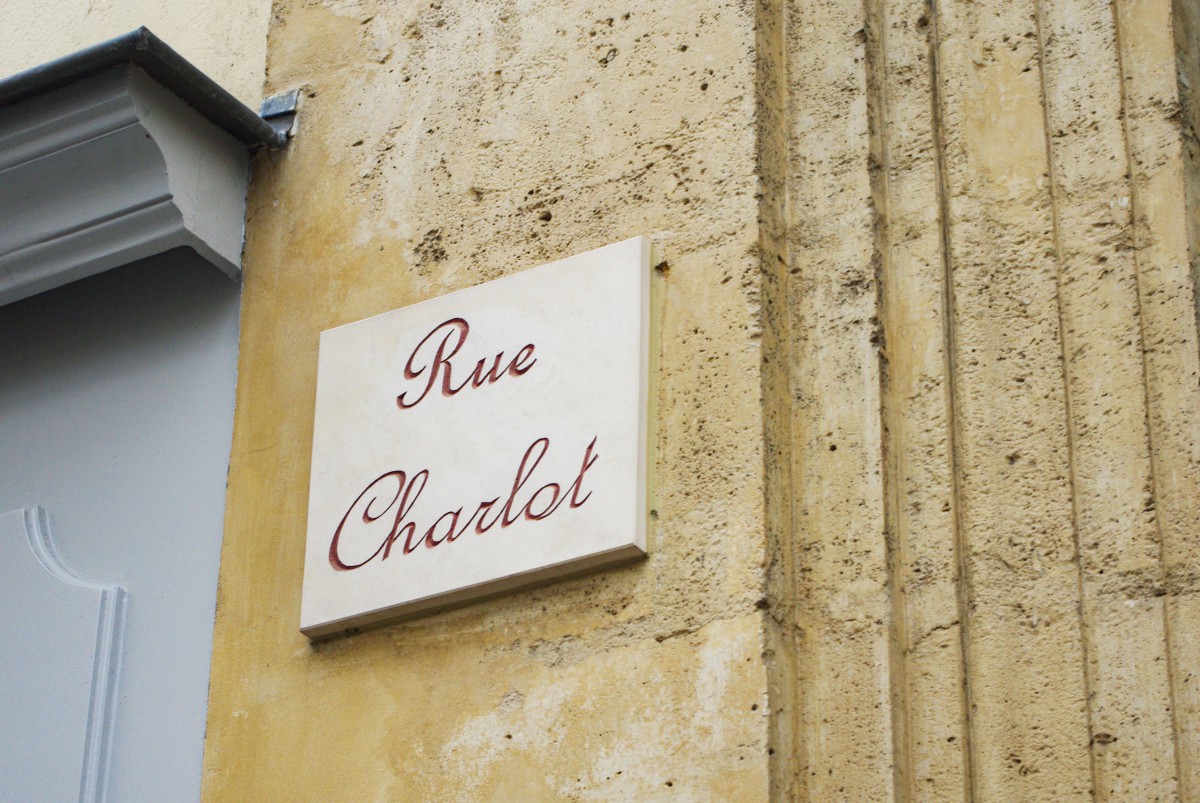
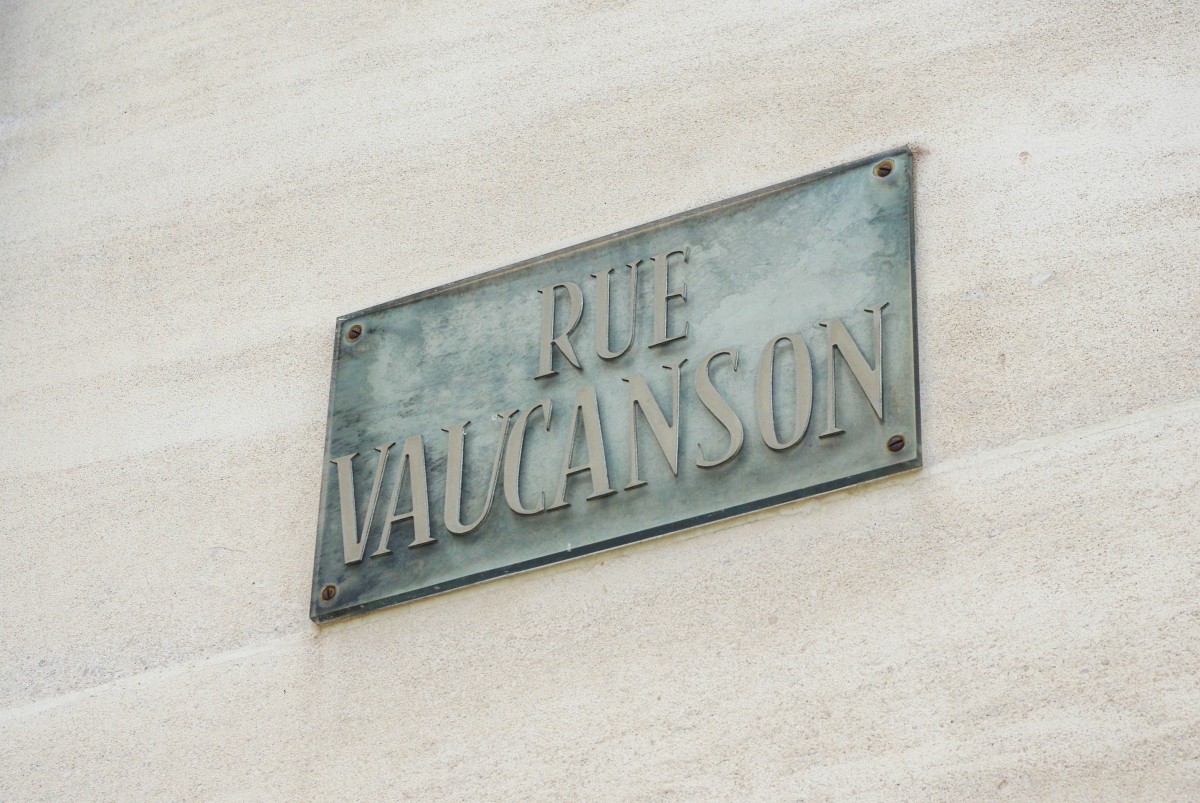
What about Street Numbering in Paris?
As for street numbering, there is much more to say and in order to do that we need to go back in time.
Remember that in the Middle-Ages, street naming was not systematic and was given by the residents themselves.
There was no numbering and you can guess how difficult it would have been for Amazon or Pizza deliveries today!
By the 18th century the expansion of the town combined with a sharp increase of its population led to the much-needed housing identification.
When was the numbering system first introduced in Paris?
The first numbering system was introduced in Paris in 1779 by a German, Marin Kreefeld von Storcks.
At his own expense he undertook street numbering starting at rue de Gramont in the 2nd arrt. Numbers were painted on doors and not on houses. They went up one side of the street and then back down the other. Therefore the first number of the street faced the last number.
So what happened to dead-end streets or adjoining alleys?
They were numbered as if their doors were in the main street.
Well, needless to say it was not the perfect system, but it was a start.
And not everyone was pleased to see numbers painted on their doors.
Landlords were often suspicious. Some thought this was heralding the creation of new taxes. And people living in wealthy and noble houses were quite critical of a system that was putting their own dwelling on equal terms with the people’s hovels.
Anyway, our German friend was stopped for good in his gigantic task by the outbreak of the French Revolution in 1789.
The 2nd and successful attempt on setting up a numbering system
On the 4th February 1805, a decree initiated by Prefect Frochot improved the system by placing odd and even numbers opposite each others.
- The even numbers were set on the right hand side of the street and the odd on the left.
- In streets perpendicular to the Seine, the numbering started at the nearest point to the river
- And in street running parallel with the river, the numbering begun at the lowest end, or at the part nearest to the Seine.
Needless to say that, like you and me, Parisians struggled to understand the new system. To help them the numbers were:
- in black against an ochre background for the streets running from the course of the Seine, and
- in red against ochre for those parallel with the river.
Finally only one number was placed on the main door of the house or building.
The blue number plaque with white lettering that echoes the street name plaque was introduced and imposed by Prefect Rambuteau in 1847.
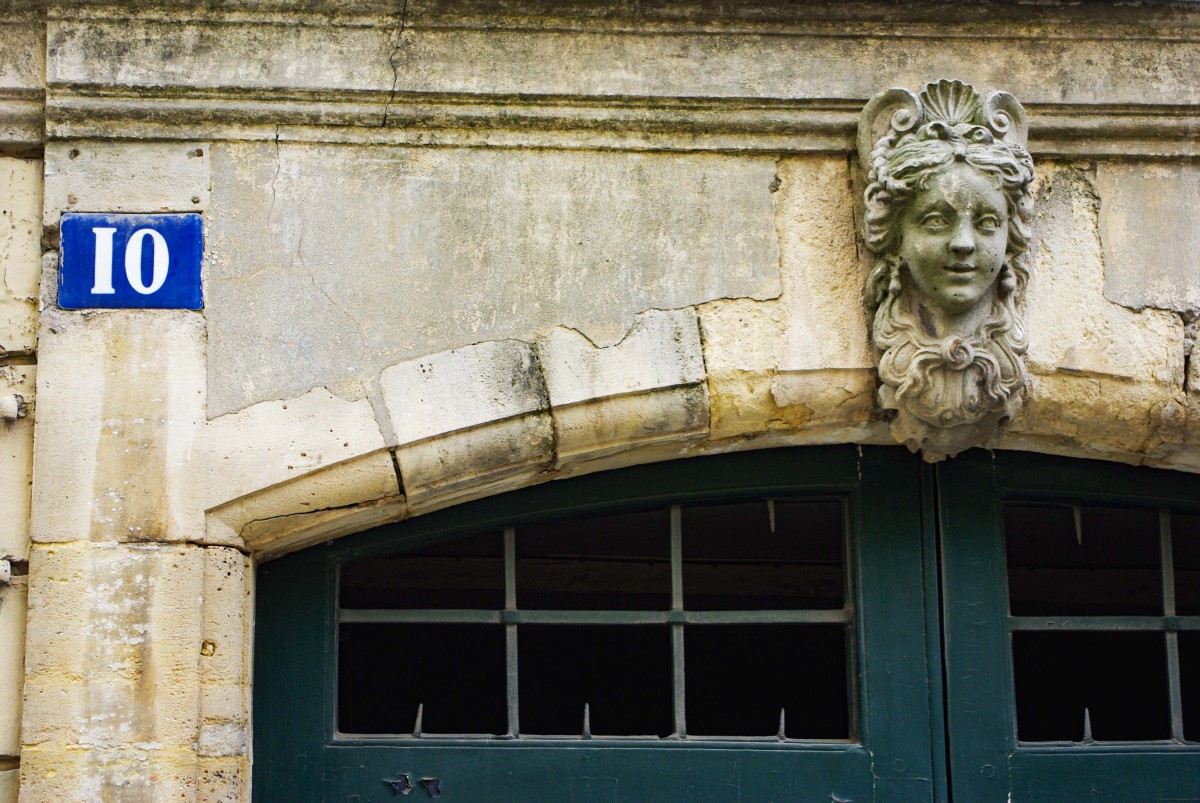
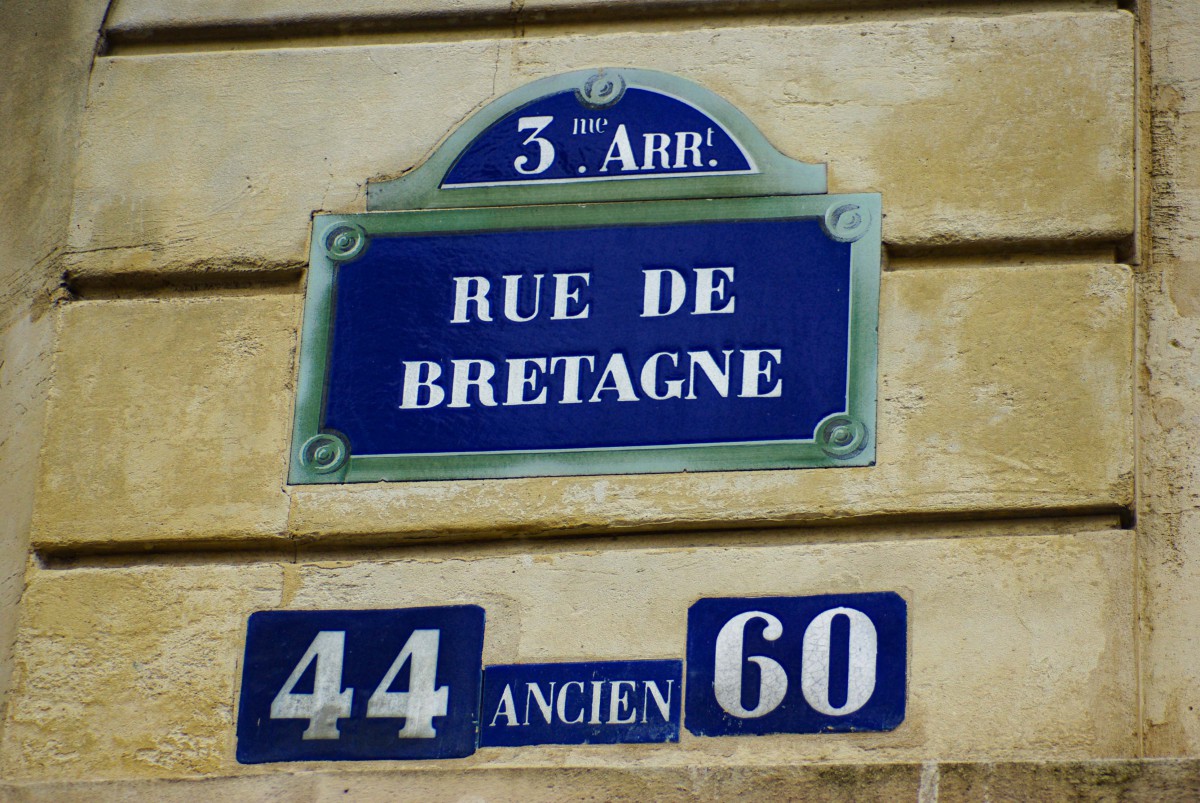
And what’s amazing is that system from 1805 is still in effect today.
The street name plaques of Paris has inspired other towns and villages across France like here in Bergheim, Alsace:
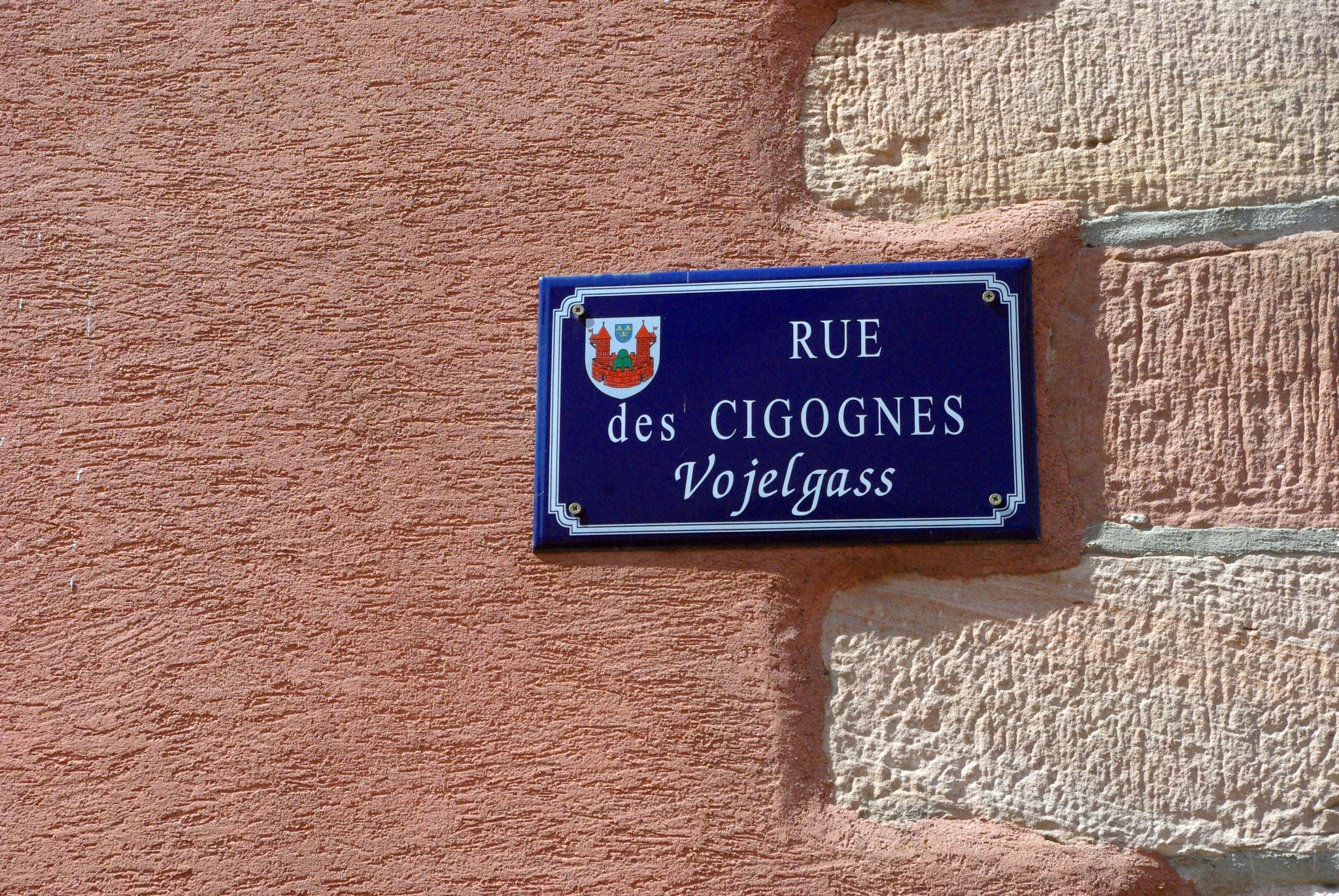
Did you know?
- une plaque de rue is French for a Street plaque.
- une rue is French for a street.
- un numéro de rue is French for a street number.
- une impasse is French for dead-end street.


